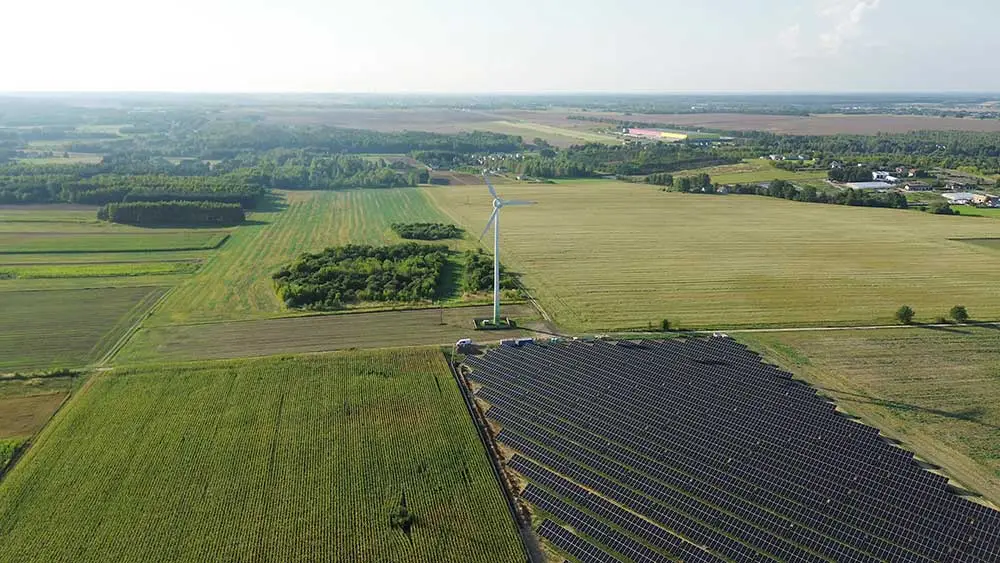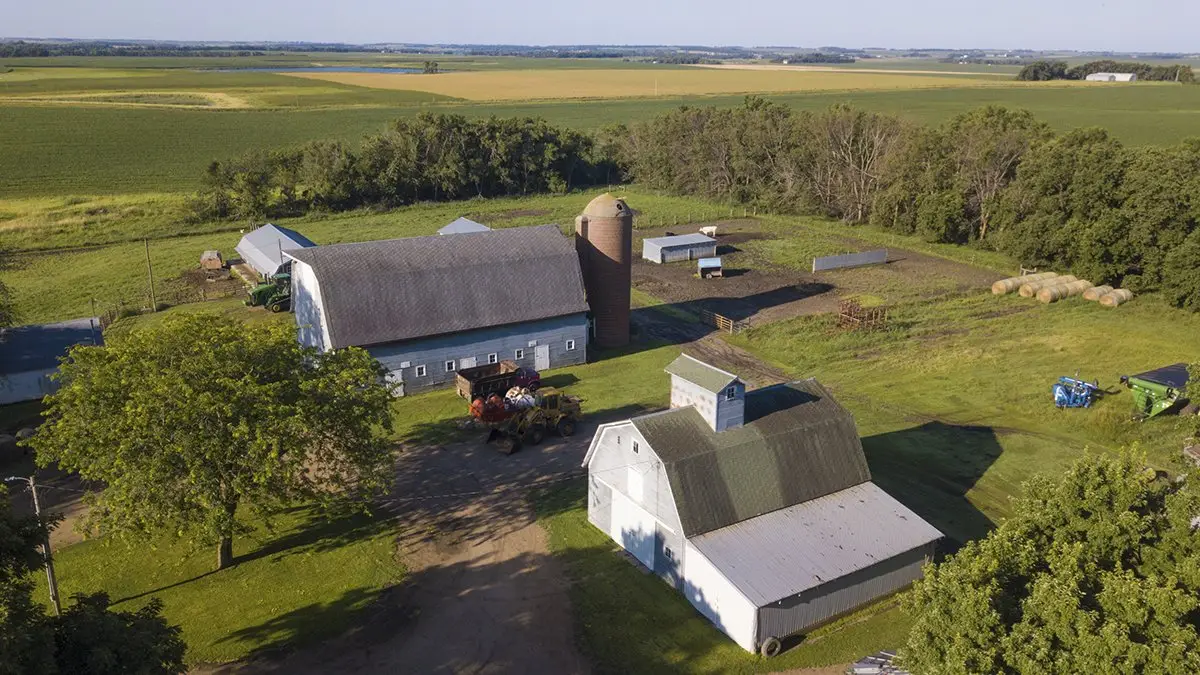Pigs outside a slaughterhouse in China’s Zhejiang province last July.
PHOTO: CHINA DAILY/REUTERS
Peoples Company Receives Top Land Auction Honors at REALTORS® Land Institute APEX Awards Program
Peoples Company, a national leader in land brokerage, land management, land investment and appraisal services, this month received top land auction honors at the REALTORS® Land Institute’s APEX Award virtual ceremony. The APEX Awards, held in conjunction with The Land Report,is a top annual awards program designed to recognize excellence and performance of land sale professionals.
For the third consecutive year, Peoples Company President Steve Bruere was presented with the REALTORS® Land Institute’s APEX Award for Broker of the Year 2020 in the Auction Land Sales category.
Bruere and Peoples Company’s Matt Adams and Andrew Zellmer were also recognized as APEX 2020 Top Twenty National Producers, which recognizes the top 20 highest-producing agents in the country based on qualifying production volume. With three team members in the top 20, Peoples Company out-paced competing firms, further cementing its status as the national leader in auction land sales. Read More
Carbon Capture Is Key to Companies’ Net Zero Pledges
Agriculture generates about a fifth of global CO2 emissions, but can also help capture it with regenerative farming techniques, including reduced soil tillage, planting cover crops and cyclical grazing by livestock. Such methods can also cut farmers’ fuel and chemical bills and even provide additional income from selling offset credits. Read More
Swine Fever Resurgence Damps Hopes for U.S. Soybean Farmers
A resurgence of a lethal pig disease is putting new strain on China’s efforts to rebuild its herds—a threat to U.S. farmers’ hopes to sell more soybeans there this year.
A new outbreak of African swine fever in the world’s leading hog-producing nation is killing increasing numbers of Chinese pigs, with the sow herd falling 3% to 5% each month since December, according to a report Tuesday from Rabobank. Chinese officials had forecast that the country would return to pre-disease hog herds this year. The new outbreaks could delay that until 2023, Rabobank found. Read More
Debt Relief Will Be Distributed as Quickly, Carefully as Possible, Says Vilsack
The USDA will disburse up to $4 billion in Biden-backed loan forgiveness to minority farmers as speedily as possible, said Agriculture Secretary Tom Vilsack at the first-ever House Agriculture Committee hearing on the state of Black farmers. Farm state Republicans said the debt relief, intended as compensation for decades of racism, was itself discriminatory because white farmers are excluded.
Agriculture Committee chairman David Scott said material from the hearing would be used in drafting legislation to ban discriminatory policies at the USDA and improve Black farmer income. “We will also have things in this bill that will increase the number of farmers we have; that acreage (is) reopened,” said Scott at the end of the four-and-a-half-hour hearing. Read More
How to Grow Better Lettuce…in Space
The key to better eating on Mars might be a technology whose main commercial use today is enhancing the colors on television screens.
Quantum dots, or QDs, are tiny man-made particles whose properties can be manipulated so they emit specific colors when exposed to light. In consumer electronics, this proves useful for making brighter, more energy-efficient screens. In agricultural settings, quantum dots can be integrated into films that convert sunlight to orange and red light, colors that boost plants’ photosynthetic efficiency.
Directing the light from high-intensity lamps through a film coated in quantum dots increased leaf size and yield in romaine lettuce by 13% in a recent study published in the journal Communications Biology. (The type of romaine the researchers used is called “Outredgous.”) Such films could significantly improve the prospects of extraterrestrial crops, by converting the ultraviolet radiation common in space into light that’s nourishing to Earth plants. It puts a new spin on the long-standing assumption that the way to higher yields is more light. Now growers can turn the light they already have into something better. Read More







